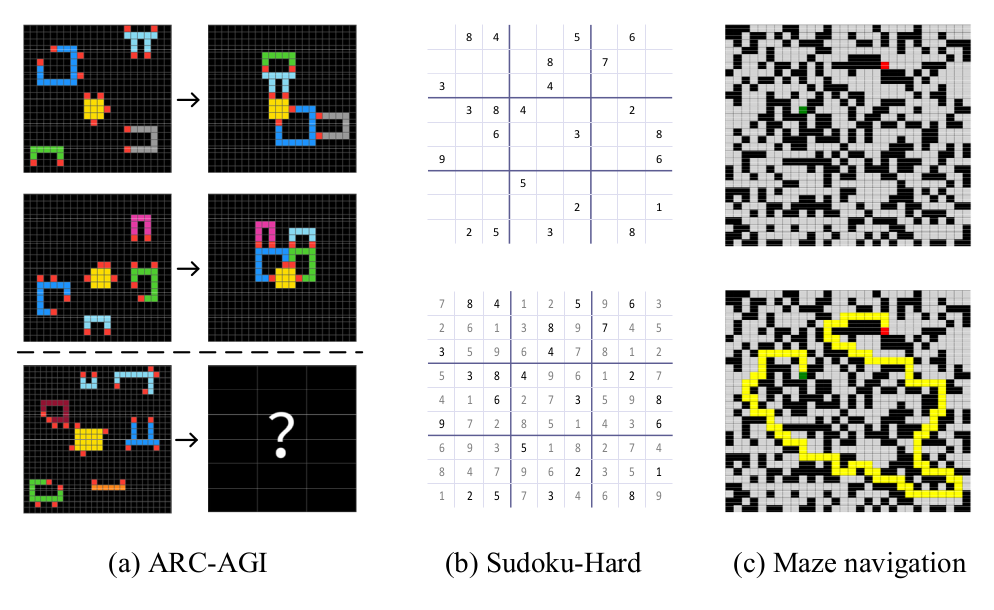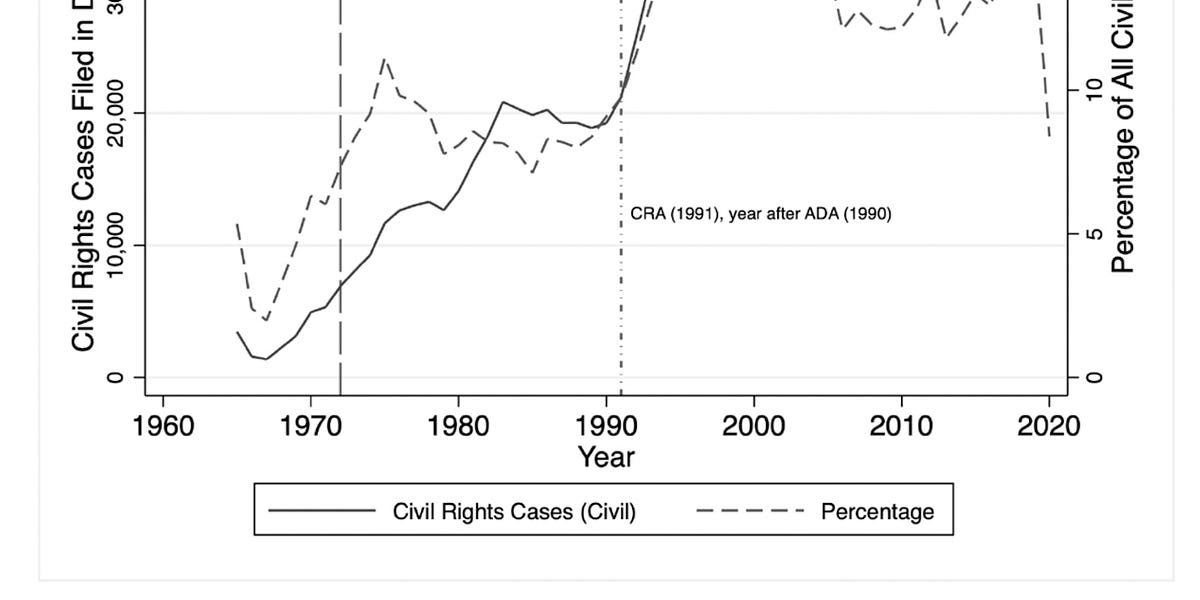
Neurosymbolic AI: Why, What, and How
The paper (2023) argues for integrating two historically divergent traditions in artificial intelligence (neural networks and symbolic reasoning) into a unified paradigm called Neurosymbolic AI. It argues that the path to capable, explainable, and trustworthy artificial intelligence lies in marrying perception-driven neural systems with structure-aware symbolic models.
The authors lean on Daniel Kahneman’s story of two systems in the mind (Thinking Fast and Slow). Neural networks are the fast ones: pattern-hungry, intuitive, good with unstructured mess. Symbolic methods are the slow ones: careful, logical, good with rules and plans. Neural networks, especially in their modern incarnation as large language models (LLMs), excel at pattern recognition, but fall short in tasks demanding multi-step reasoning, abstraction, constraint satisfaction, or explanation. Conversely, symbolic systems offer interpretability, formal correctness, and composability, but tend to be brittle (not incremental/monotonic), difficult to scale, and poorly suited to noisy or incomplete inputs.
The paper argues that true AI systems must integrate both paradigms, leveraging the adaptability of neural systems while grounding them in symbolic structure. This argument is compelling, particularly in safety-critical domains like healthcare or law, where transparency and adherence to rules are essential.














